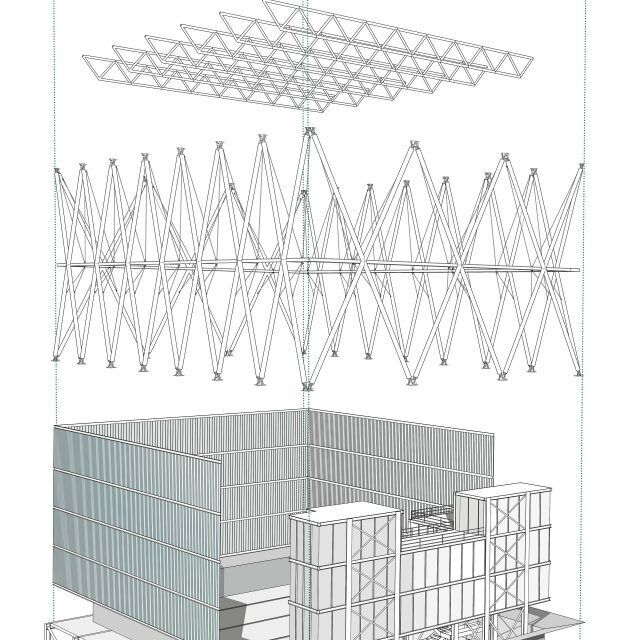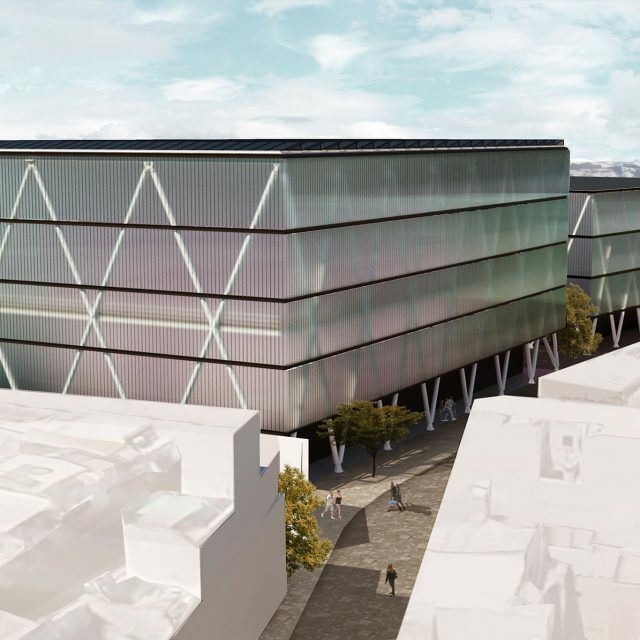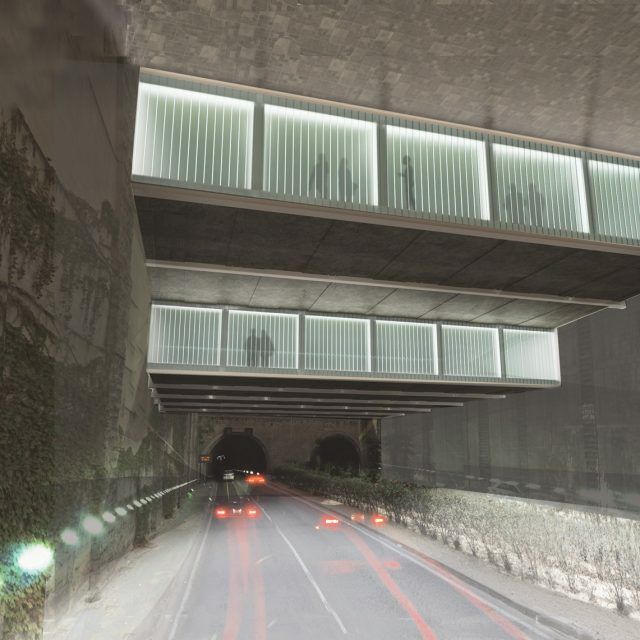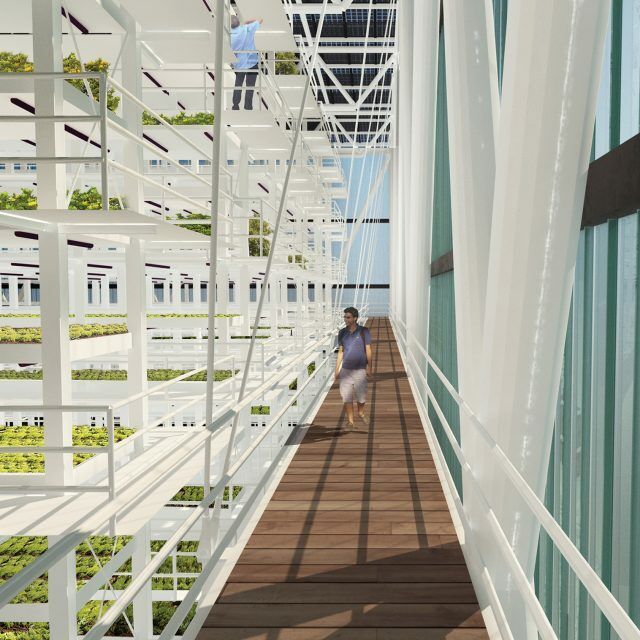Engineering – Thesis
The United Nations predicts that 80% of the world’s population will be living in cities by 2050,and that the total number of people inhabiting the planet by then would increase to 9 billion.Providing food to such a large population becomes critical to the success of civilisation. Climatechange is also a continuous threat to both the environment we directly live in, and the practicesthat humanity has gotten used to in order to achieve its success; traditional agriculture is one ofthem. Agriculture is considered to be the stepping stone that led to the birth of civilisation. It iscurrently one of the largest contributors to the phenomenon of global warming, and also one ofthe most sensitive to changes in climatic conditions.
Vertical farming is a non-traditional farming method that makes use of verticality in order tomaximise land use. It also exploits the benefits of indoor conditions whereby all aspects of thegrowing procedure can be controlled such as lighting, humidity levels, temperature and waterconditions. All of these conditions mean that 24/7 farming is possible; crop cycles are reducedby half and density of crops increased per square metre, compared with traditional farming.Indoor farming also does not make use of, pesticides, soil or farm machinery. All of this meansthat produce is healthier and has a much lower carbon footprint. An average meal in westernsocieties is estimated to travel about 1,500 miles before it reaches the table. The introduction offarming in urban contexts also means that produce is closer to the place it is consumed,resulting in drastically reduced carbon mileage. This yields fresher food and minimises spoilageduring travel.
A shift in consumer culture is needed if we are to live sustainably on this planet. Societies livingin cities are cut off entirely from the source of their food, and this creates a scenario of neglectand alienation. Reintroducing agriculture into an urban context would bring people closer to thesource, and production process, of their food, thus allowing for more sustainable and informedchoices to be made on the type of food consumed and its entire life-cycle.This project aims to develop a fully functional Urban Vertical Farm, so as to introduce theconcept of the future of food production and consumption. All of this aims to build towards theoverarching concept; that of making a shift into a sustainable civilisation that is well adapted toliving within the means of the planet.
The Urban Farm aims to make use of the dead space situated above a trenched highway in themiddle of SantaVenera, by turning it into an urban growing facility capable of producing freshproduce on a commercial scale. This project takes on a completely sustainable approach tomodern agriculture by making use of technologies such as hydroponics, tailor-made grow lightsand vertical growing systems.The structure itself consists of a system of four metre deep Vierendeel girders that span over the 28m wide trench. The girders span over two storeys with each storey being fourmetres deep. The first storey contains all mechanical and pumping systems as well as facilitiesfor food packaging and distribution. The second storey houses water storage and climatecontrol systems.
Above the girders rests a diagrid system of columns which carry both vertical and lateral loads.The main building envelope is made of translucent channel-glass elements which enable amplesunlight to filter through and also allows for the structure and inner-workings of the building tobe clearly visible to the viewer, whilst ensuring an adequate amount of privacy.The roofing system is made up of transparent solar panels that rest upon a series of Warrentrusses. This enables the building to make expansive use of renewable energy provided by thesun.
The jury selected this project due to the “innovative nature of its structural design, which successfully combined form and function with interesting structural elements. Additionally, the design focused on innovative sustainable development solutions through the construction of an urban farm in a built up area and made use of an otherwise dead space above a main arterial road in an innovative manner whilst respecting the surrounding environment. The resulting structure would positively affect its surroundings which are currently blighted by the road. Sustainable design is essential in all current and future structural designs and this was integrated through the right choice of materials and a detailed structural analysis.”
Date:
July 19, 2024





